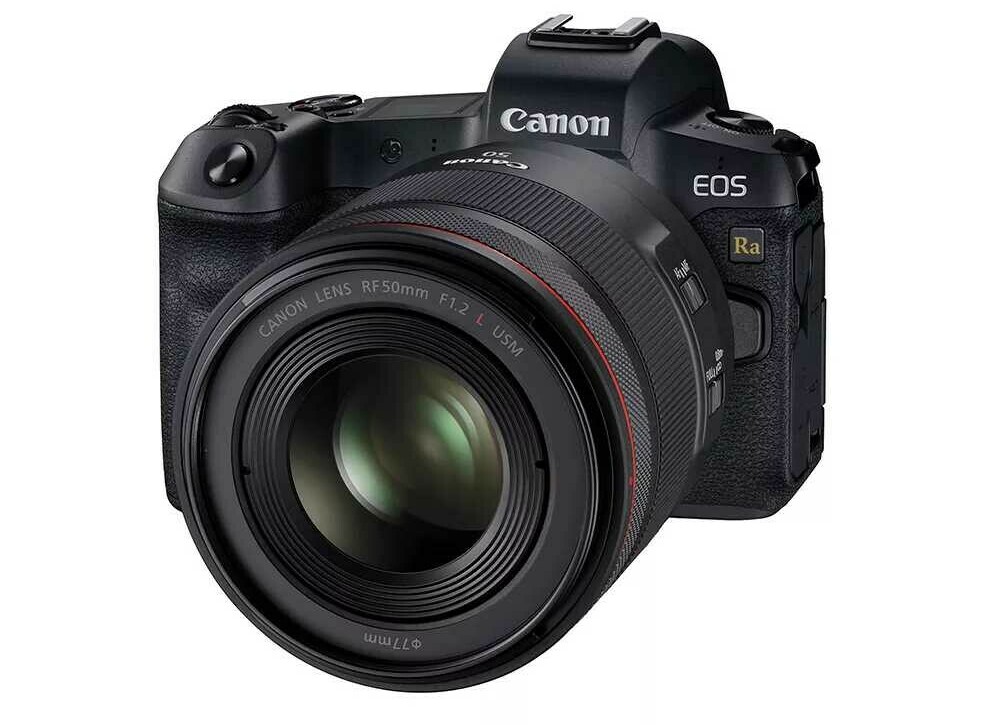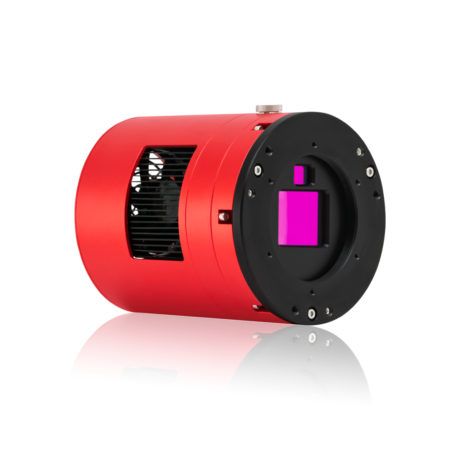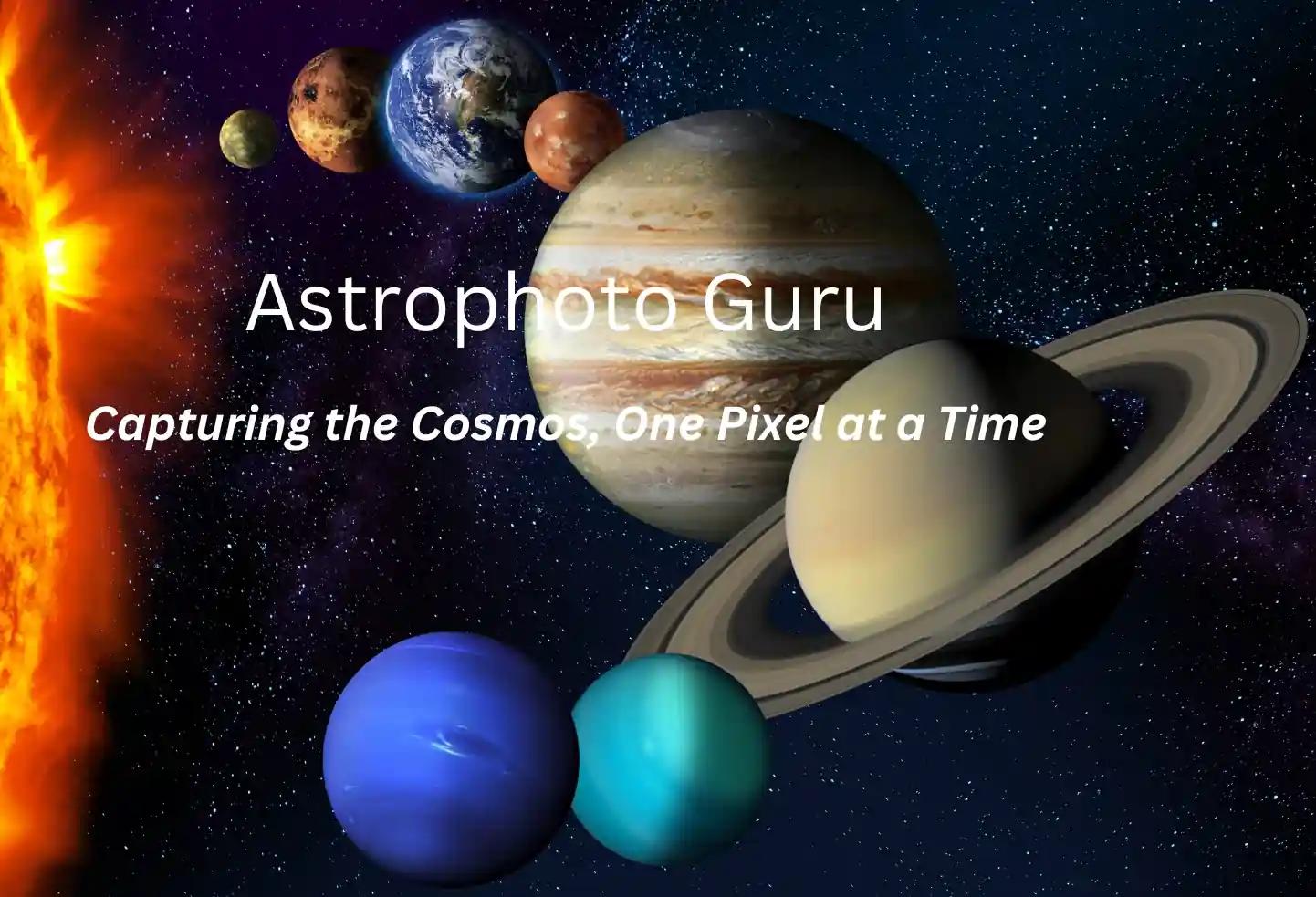I’m going to kick things off by setting the stage for an age-old debate that’s captivated everyone from the budding astronomer to the seasoned stargazer: choosing the right camera for astrophotography. Now, for those about to start this journey, it’s not just about snapping night skies. It’s also about capturing the elusive beauty of celestial bodies, from the Milky Way to distant nebulae.
So, what’s on the table? We’ve got two main contenders: the versatile DSLR camera, which most of us are familiar with, and the specialized, often cooled dedicated astrophotography camera. If you’re wondering why ‘cooled’ is mentioned, well, that plays a big part in their functionality, and I’ll get into that in just a bit.
Astrophotography isn’t a walk in the park. It requires patience, passion, and, importantly, the right gear. But I’m here to guide you through it. With the surge in popularity of capturing the cosmos, it’s only fitting that we explore what equipment might best suit your stargazing needs and why. Let’s not forget that this hobby has a steep learning curve, but if you choose something that resonates with you, you’ll find the experience incredibly rewarding.
Now, understanding the strengths and weaknesses of DSLR cameras and dedicated astrophotography cameras is critical. Both have their merits and drawbacks, especially considering factors like cost, accessibility, and image quality. In my opinion, owning the most expensive gear doesn’t necessarily guarantee the best photos — it’s about the know-how too.
You’re going to find out about what these cameras have to offer, and I promise, by the end of this read, you’ll have a clearer picture (pun intended) of which path to take. So, don’t worry too much about all the technical jargon right now; I’ve got you covered. And that’s the strategy I like to leverage — simplicity, with a sprinkle of depth.
The Versatility of DSLR Cameras in Astrophotography
If you’re dipping your toes into the vast ocean of astrophotography, chances are you’ve considered using a DSLR (or mirrorless) camera. They’re a popular choice, and for good reason. Let me walk you through some of the key points that highlight the versatility of DSLR cameras when it comes to capturing the night sky. I chose my current camera, the Canon EOS Ra for a number of reasons. Southern California night skies are often cloudy in the winter and spring, so I have limited time to image for this part of the year. Skies can be clear at sunset, making me think I have time to do a lot of imaging. But then the low clouds could roll in at any time, spoiling the rest of the night. So, a one-shot-color (OSC) camera was a good option because I didn’t need to take images with each color filter to achieve a color image. Also, the EOS Ra differs from the standard EOS R because it has been factory-modified to allow more hydrogen-alpha wavelengths to reach the sensor. Many interesting celestial objects are rich in those wavelengths.

One of the biggest draws of DSLR cameras is that they are a fantastic entry point for beginners. Many amateur photographers already own a DSLR, making it a cost-effective springboard into astrophotography. With a variety of lenses and settings to play around with, DSLRs allow enthusiasts to experiment without breaking the bank. Another advantage is that DSLR or mirrorless cameras can also be used for daytime photography, and many of those cameras do a fine job of both daytime and nighttime photography.
I’m going to talk about how you can adapt your DSLR camera for astrophotography. It’s not just about pointing and shooting; there’s a need for additional gear like tripods, remote shutters, and perhaps even an equatorial mount for tracking celestial objects. Don’t worry too much about the extras right now—you can always build up your toolkit over time.
Comparing the cost is crucial—you’ll find that DSLR setups are generally more wallet-friendly compared to specialized setups, especially when starting out. If you factor in some essentials necessary for high-quality dedicated monochrome cameras, DSLR’s can do a good job for far less to start. I’m here to tell you that a DSLR can do more than you might think. From capturing wide-field starscapes to zooming in on planets, a good old DSLR can surprise you with its capabilities. It is simply a matter of choosing the right lens or telescope to achieve the proper field of view.
Now, as we’re about to move into the realm of dedicated astrophotography cameras, keep in mind that these two types of cameras serve different purposes. You’re going to find out about the specialized features of dedicated cameras next, which are specially designed for the challenges and requirements of astrophotography. Choose something that resonates with you and meets your personal goals in the field of star-gazing and photographing the cosmos.
Dedicated Astrophotography Cameras: A Deep Dive into the Cosmos
I’m going to give you a glimpse into the world of dedicated astrophotography cameras. These specialty devices are engineered with precision to capture the faintest stars and most elusive nebulae. Unlike their DSLR cousins, dedicated astrophotography cameras are not a jack-of-all-trades. They’re designed exclusively for the night sky, and their performance speaks volumes. An example of an excellent dedicated cooled astrophotography camera is the ZWO ASI2600MC

When you enter the realm of dedicated cameras, you’re looking at a tool optimized for astrophotography from the ground up. What sets them apart is their ability to cool the sensor. This isn’t just about battling summer heat; it’s about reducing noise that detracts from the clarity of celestial shots during long exposures. A cool sensor means a better signal-to-noise ratio, crucial when photographing distant galaxies.
Now, what is a big draw? Cooling systems. These cameras often include thermoelectric cooling, allowing you to set the sensor’s temperature to a stable level below ambient conditions usually 35-45 degrees centigrade below ambient temperature, significantly reducing digital noise. This is a game-changer for astrophotography, where even the faintest noise can obscure delicate starlight. The newest CMOS sensors are much better at producing less noise than older CMOS or CCD sensors. Advances in technology have made cooling less of a requirement since new CMOS sensors don’t produce a lot of noise.
Integration with telescopes and tracking systems is another segment where these cameras shine. They’re crafted to sync with your setup, yielding an experience that’s more streamlined and efficient. As for imaging, they can use monochrome sensors with color filters to achieve unparalleled color accuracy and detail in astronomical images; something DSLRs cannot do natively. You can even use different filters than the standard red-green-blue (RGB) to produce visually stunning images that enhance details that can’t be seen with RGB filters. Several popular manufacturers like ZWO ASI make a range of astrophotography equipment that are designed to work together seamlessly.
You might be thinking, ‘That sounds pretty specialized.’ And you’re right. Dedicated astrophotography cameras are a big step into a niche within a niche. They suit the enthusiast who has outgrown the capabilities of a DSLR and is seeking a tool that ascends to a professional level in capturing the night sky.
Balancing Benefits and Tradeoffs: Choosing the Right Camera for the Stars
When you’re standing under the night sky, camera in hand, ready to capture the breathtaking tapestry of stars, you want to be confident you’ve got the right tool for the job. Picking between a DSLR and dedicated astrophotography camera is all about balancing benefits and tradeoffs.
In terms of image quality, DSLRs have come a long way. They boast large sensors capable of capturing high-resolution images with robust color detail. However, the Achilles’ heel of the DSLR in this context is noise – heat generated during long exposures can muddle the clarity of your cosmic captures. It is not really a deal breaker, though, because of the low-noise CMOS sensors that are more common these days in DSLR cameras. Longer exposure will see noise buildup somewhat, however.
That’s where dedicated astrophotography cameras shine. Their built-in cooling systems preserve the purity of the image, giving you a clear advantage for high-quality, long-exposure astrophotography. Noise is significantly reduced, which is key when you’re trying to pinpoint distant galaxies.
Portability is another crucial factor to consider. If you’re the type to trek to remote dark-sky sites, a DSLR’s relatively compact form can be a game-changer. They’re lighter and easier to handle than some of the bulkier dedicated options, which is something you’ll appreciate after hours under the stars.
Ease of use is a big one, too. DSLRs offer a familiar interface for those who already enjoy photography, whereas dedicated astrophotography cameras often demand a steeper learning curve. This can influence your comfort level in the field, particularly when dealing with complex setups in the dark.
Finally, let’s talk about upgradability. DSLRs allow for incremental improvements – you can start with the camera and a standard lens, then add on gear like better lenses, tracking mounts, and filters as you go. Dedicated cameras are a more specialized investment; they’re more of a one-off purchase but might require a larger upfront cost. Technology is advancing rapidly, but if you purchase high-quality dedicated astrophotography gear, it is likely to give great results for years without a need to upgrade.
So, as you weigh your options, consider what’s most important to you. Do you prioritize convenience, ease of use, and step-by-step upgradability? Or are you more concerned with achieving the highest possible image quality from the outset, even if it requires a higher initial investment and a bit more complexity? Your answer to these questions will guide you toward the equipment that best aligns with your astrophotography aspirations.
The Final Frontier: Making Your Decision for Stellar Astrophotography
By now, you’ve got a clearer picture of what both DSLR and dedicated astrophotography cameras bring to the table. The universe is vast, and the choices for capturing its wonders are just as expansive. I’m going to summarize the key differences to help you align your decision with your astrophotography ambitions.
If you’re starting or are looking for versatility, DSLRs are a great bet. They allow for a range of photography experiences, not just in astrophotography but in various other styles as well. On the flip side, dedicated astrophotography cameras, with their cooling features and sensitivity, are tailored for the serious enthusiast who wants to dive deep into the night sky.
Choose something that resonates with you, your skills, and your budget. A DSLR camera might be your best friend if you enjoy flexibility and a more hands-on approach. But if you’re all about getting those pristine, noise-free deep-sky images, then a dedicated camera could be worth the investment.
Don’t worry too much about making the perfect choice on the first go. You can always adjust your approach down the road. Astrophotography is as much about the journey of discovery as it is about the final image.
I really hope that you feel equipped to take the next step in your astrophotography adventure. Remember, no matter which path you choose, the sky is not the limit; it’s just the beginning. And as always, I’d love to hear your feedback, so share your thoughts and experiences with DSLR and dedicated astrophotography cameras.
